Minute repeaters
The history of time is linked to all the different ways of announcing it. The most emotional among them is undoubtedly through music. Thus, minute repeater watches, with their crystalline rings, are most likely to convey the chronological powers of their owners.
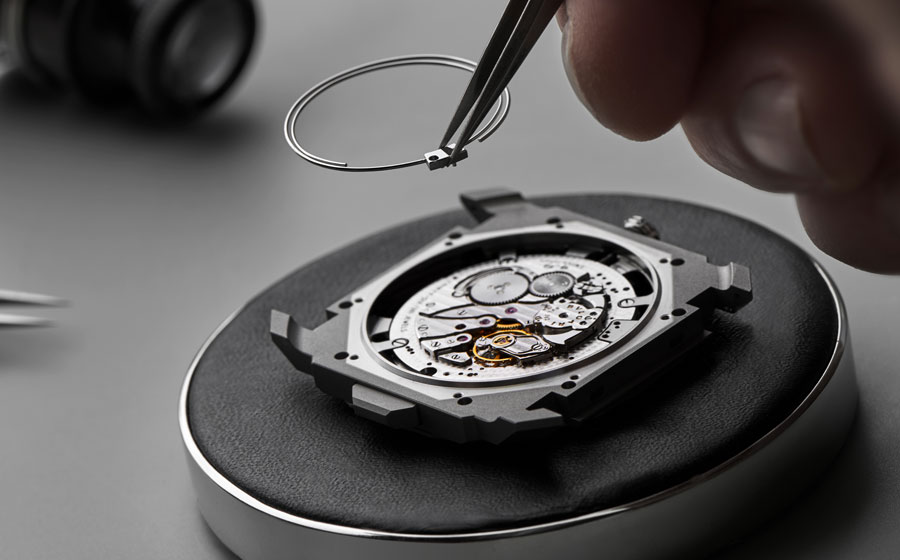
Minute repeaters: expressing power through music
Sounding the time, or announcing it some way or another, has always been a display of power, for princes and other eminent people. Very early in history, as soon as the mid-12th century in the West, cities have adapted to mechanical time and have succeeded in making the belfies ring the hours to affirm their power in the countryside.
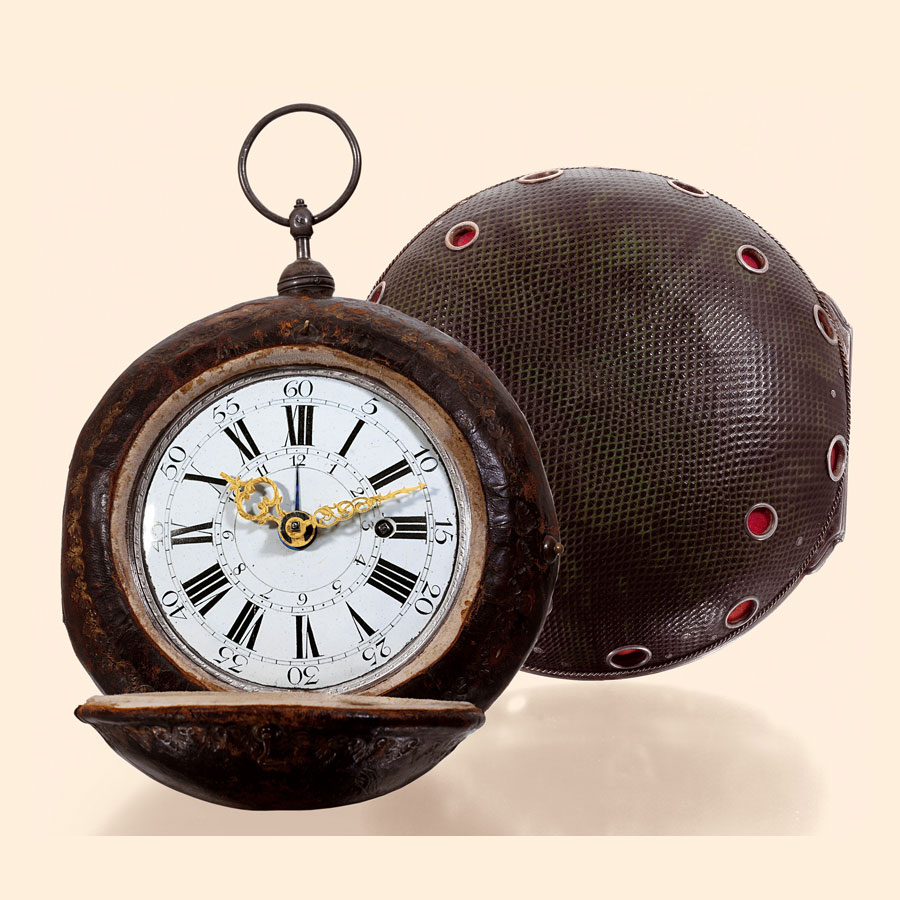
The hour was rung to be heard from a distance, if it could not be read on a clock dial, and had to be regular, like… well, like clockwork. This new way of dividing the work day was opposed to solar time, that changed with the seasons. Too often, it can be read that minute repeater watches were invented to allow their owners to know the time during the night. However, these instruments were actually created for those who could afford it, to make their inner circle know, in salons or at parties, how powerful they were, through their ability to ring the time, just like the Church and the big cities before them. Do not underestimate the power of announcement!
Genesis of acoustic time
In the 17th century, the watch was still too inaccurate, but often featured high-level functions, such as calendars with astrological and scientific indications. As the craft guilds of Geneva indicated in 1601, obtaining the title of watchmaking master required creating a timepiece displaying astronomical indications and the alarm clock function. Thus, the watch was able, quite early in watchmaking history, to tell the time in sound.
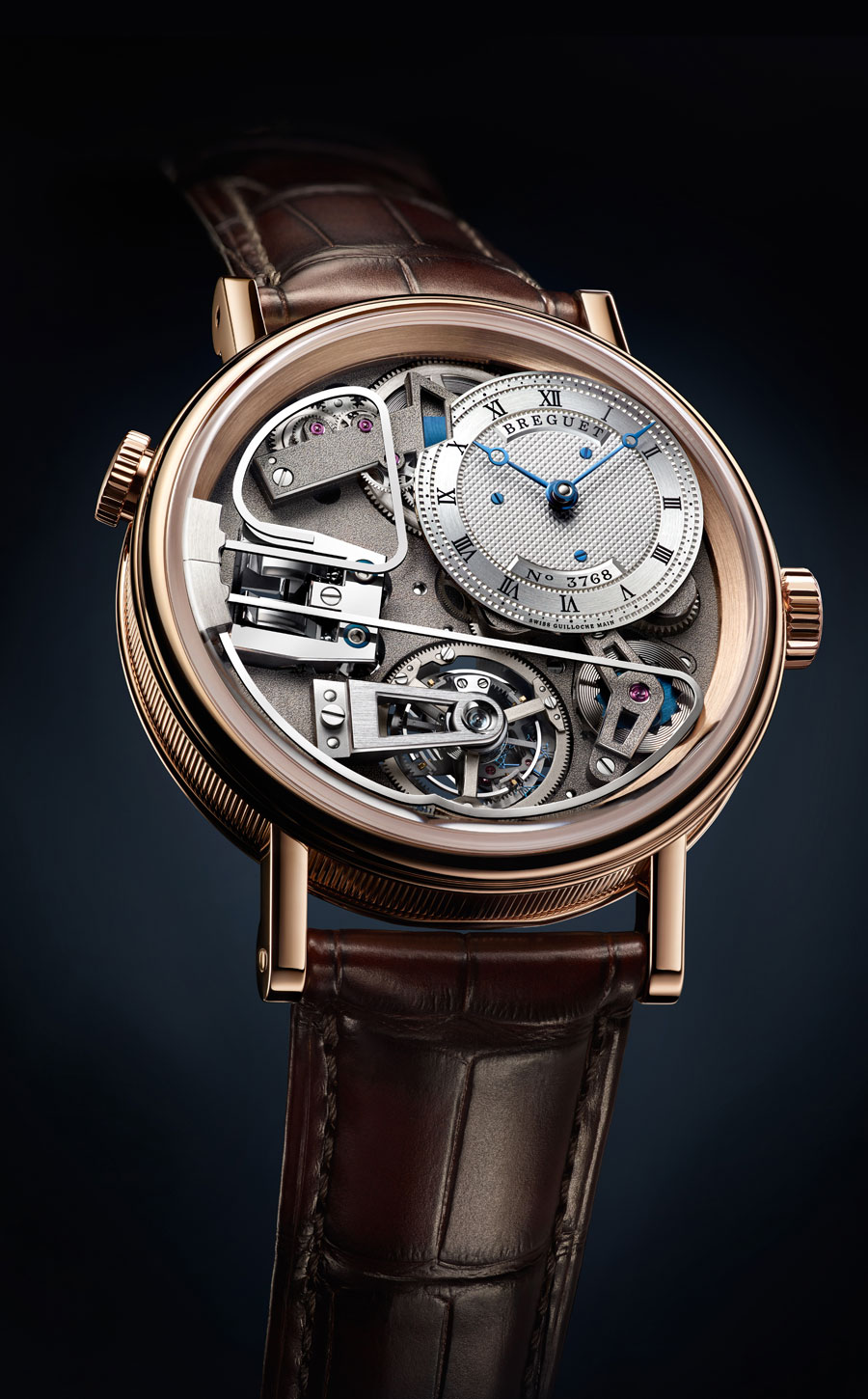
In 1676, Englishman Daniel Quare (1649-1724) offered a mechanical piece that was able to ring quarter hours, made possible by a mechanical assembly consisting of balances, spirals, springs and levers. However, other publications insist that the oldest known watch with repetition is a piece made in Friedberg, Germany, around 1710. The British watchmaking industry was then dominant, so it is believable that this invention should be British. But the news started to spread, and competitors strove to outdo their rivals and offer mechanical assemblies able to go even further. The competition was in full swing when Thomas Mudge, another Englishman and a pupil of George Graham (working from 1738 to 1794), offered the first watch equipped with a function that enabled its owner to make it chime on demand: hours, quarters, but also minutes elapsed from the strike of the quarters. From this date and by convention, the watchmaking world called this striking mechanism mode a minutes repeater.
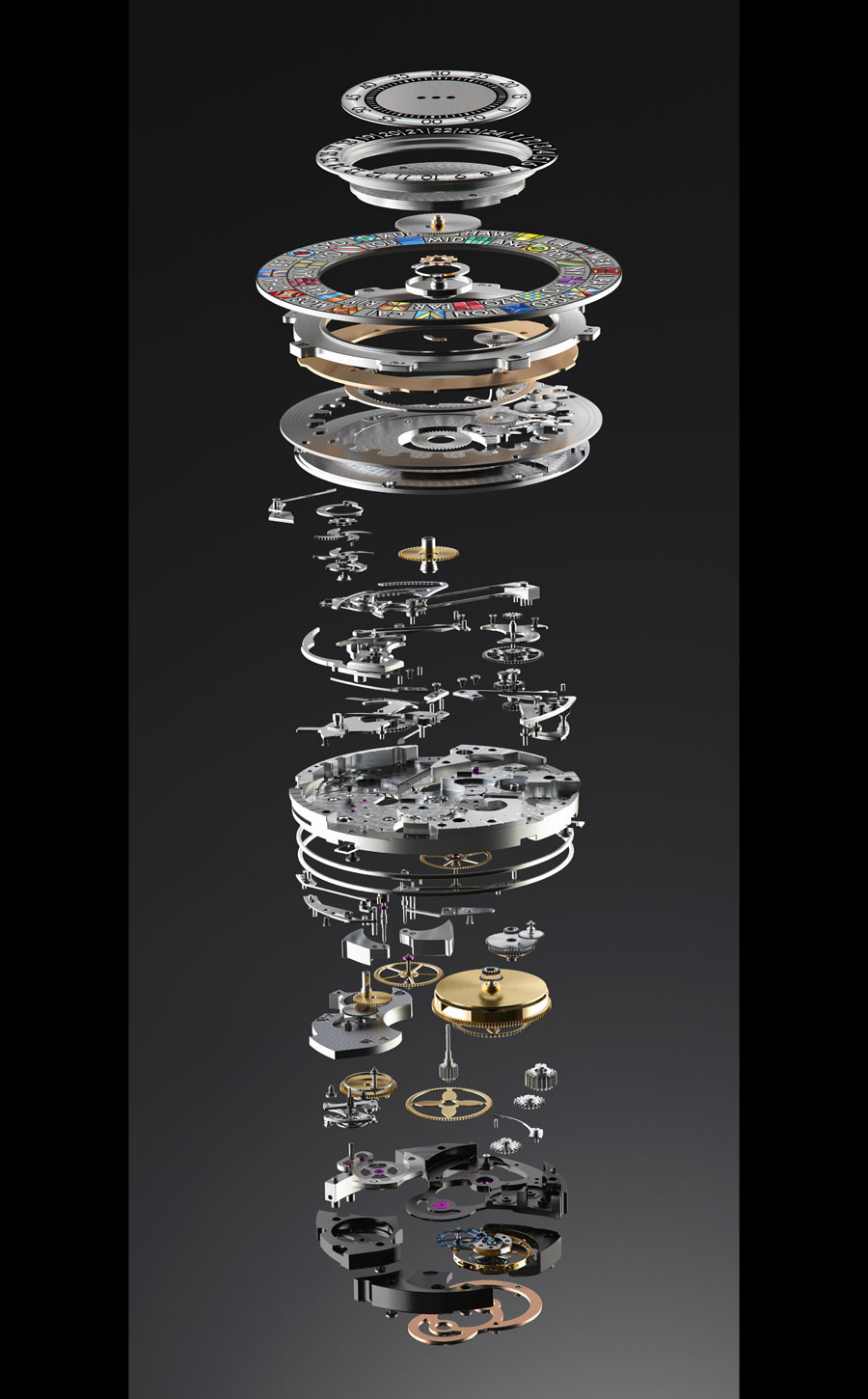
The golden age of the minute repeater
The men of the 18th century wasted no time in making the watch into an emblem of progress. They were aware of how difficult it was to create watches, and they considered the « minute repeater » to be the « queen » function, that only the best craftsmen could create and obviously, only the wealthiest enthusiasts could afford. Thus, John Arnold, a talented English watchmaker, offered to king George III a ring watch with repetition, so scaled down that it immediately earned its creator a reputation of excellence.
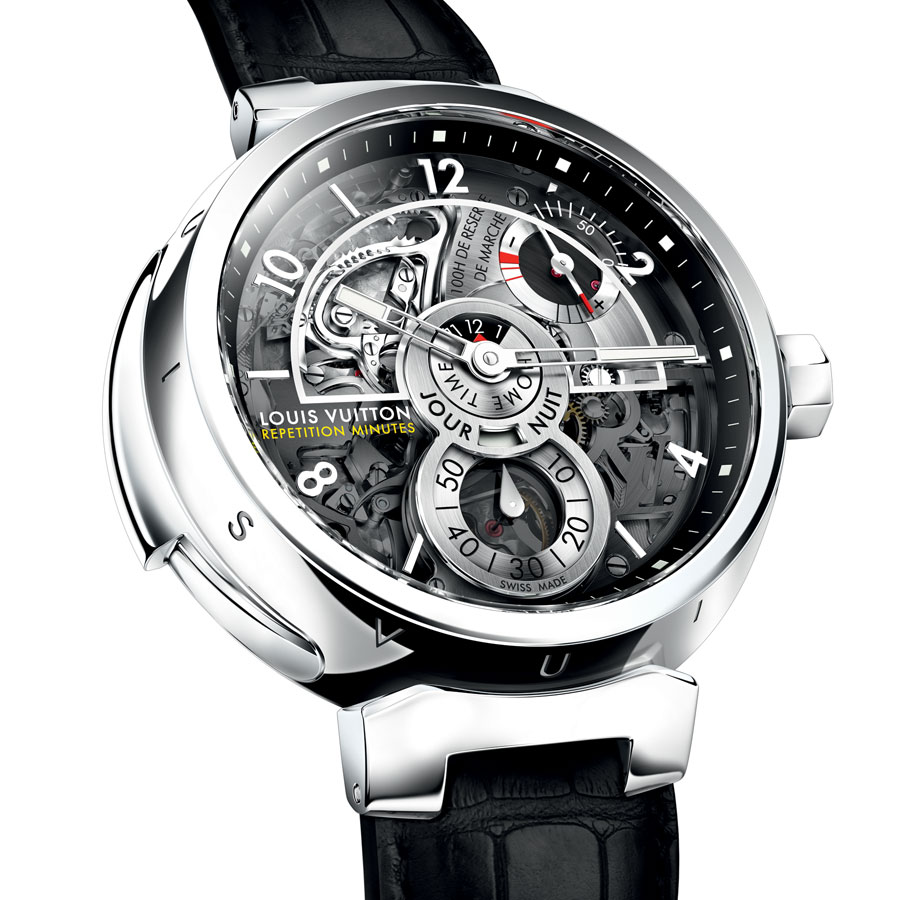
To get an idea of the value of these instruments at that time, just remember that minute repeater watches were as expensive as they are today, and this is despite the ability of current brands to mechanise parts of the manufacturing process. In this competition, the French were not lacking in talent.
Antoine Thiout the elder, a watchmaker who wrote a treatise that bears his name, obtained very satisfying results in 1741. Julien Le Roy later further improved the system. The pieces offered were thinner and had better auditive quality. In the momentum, Jean-Antoine Lepine, born in Chalex in the commune of Gex (in the Ain department of France), created in 1720, at the height of his career, a new simplified repetition system for the winding controls and the mode of striking mechanism. In 1763, he specialised in the “toc” repetition, a mechanism wherein the hammers strike directly on the case middle, rather than on a bell or a gong, to produce a vibration that is only perceptible by the bearer of the instrument.
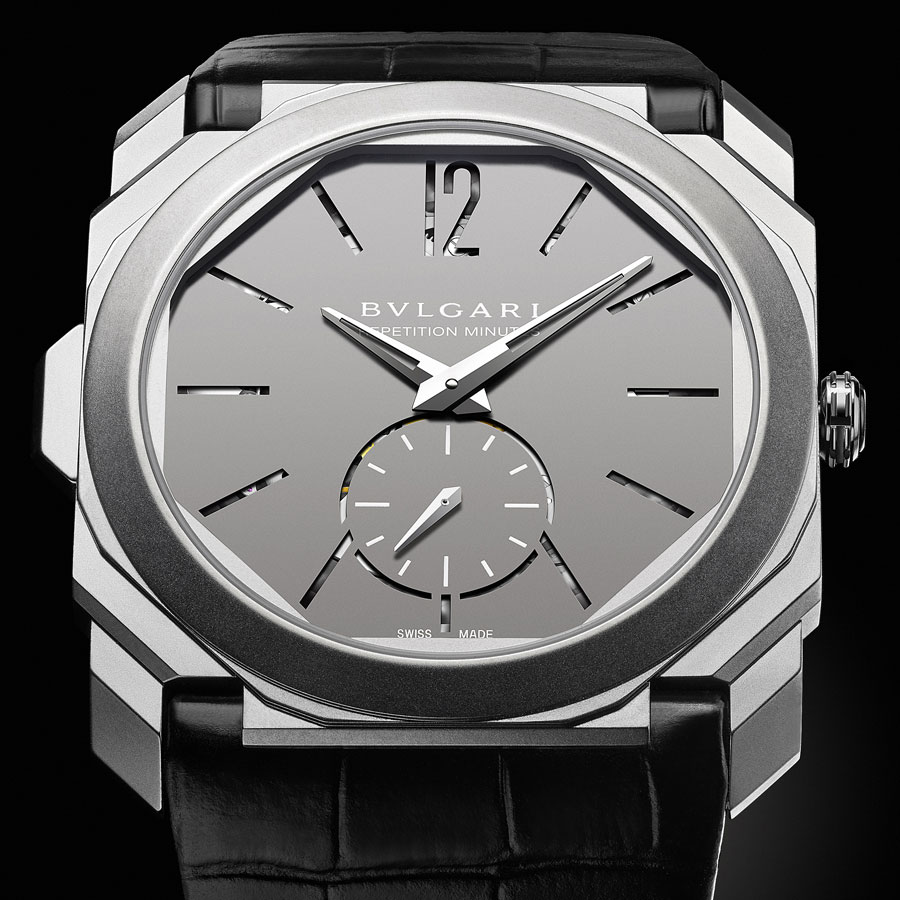
Sound the right time
The minute repeater is the acoustic realisation of a nearly ultimate luxury. These pieces, created by the biggest maisons, express the very essence of the watchmakers’ savoir-faire. The movements equipped with this function ring the hours (deep tone), the quarters (high-pitched and deep tone) and the minutes (high-pitched tone) from the last quarters. However, due to very steep manufacturing costs, many watchmakers have tried various mechanical developments to offer timepieces with more economical striking mechanisms to the public.
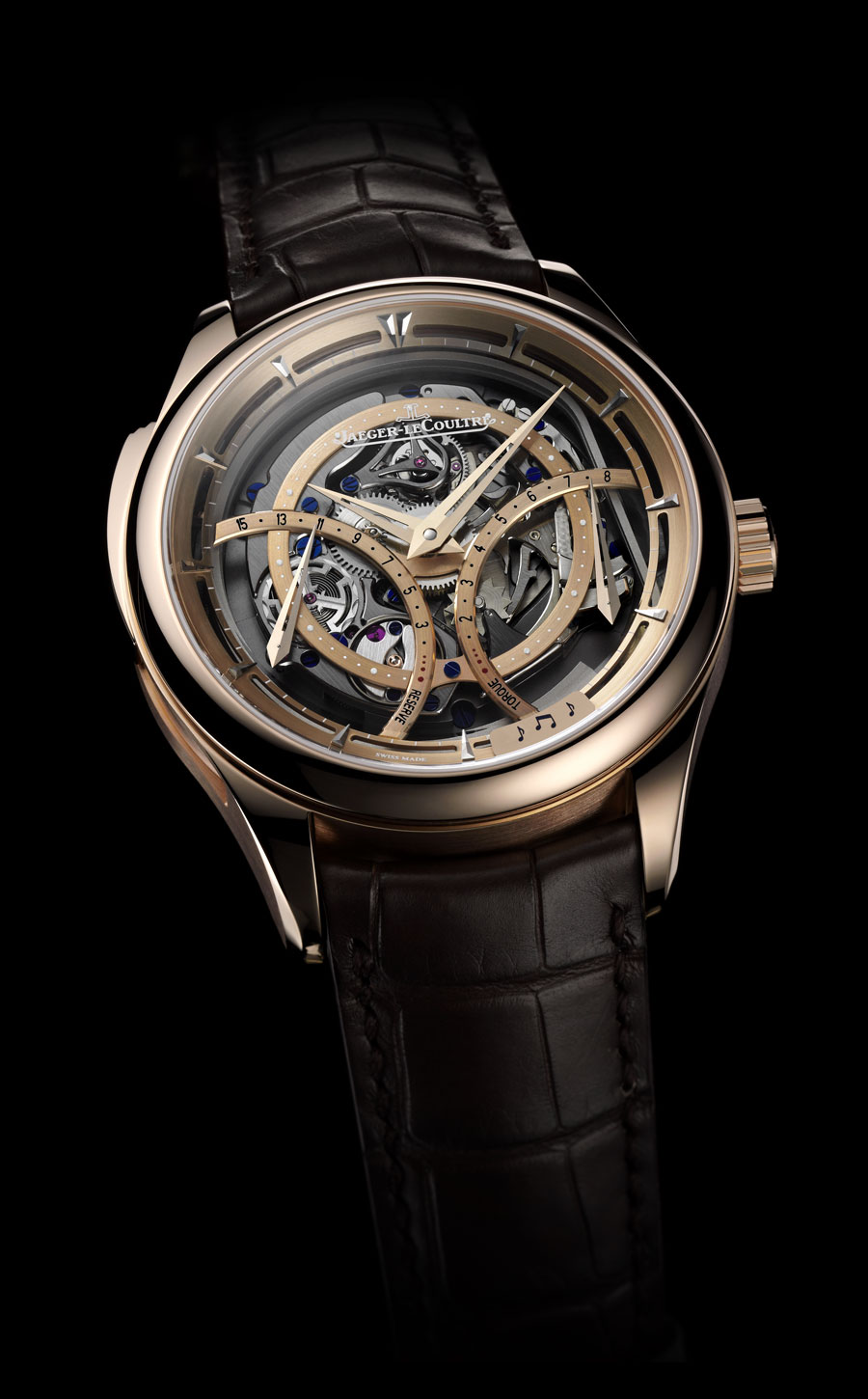
These are pieces that only ring the hours and the quarters. Watches with half-quarter repeaters have also existed. These pieces in particular, developed by Breguet in the second half of the 19th century, have then been put aside and replaced by the instruments equipped with five-minute repeaters. These rather bourgeois instruments feature in many gold pocket watches from the late 19th century. They can now be acquired and are priced by weight of the case, providing an opportunity to afford a repetition watch at a low cost.
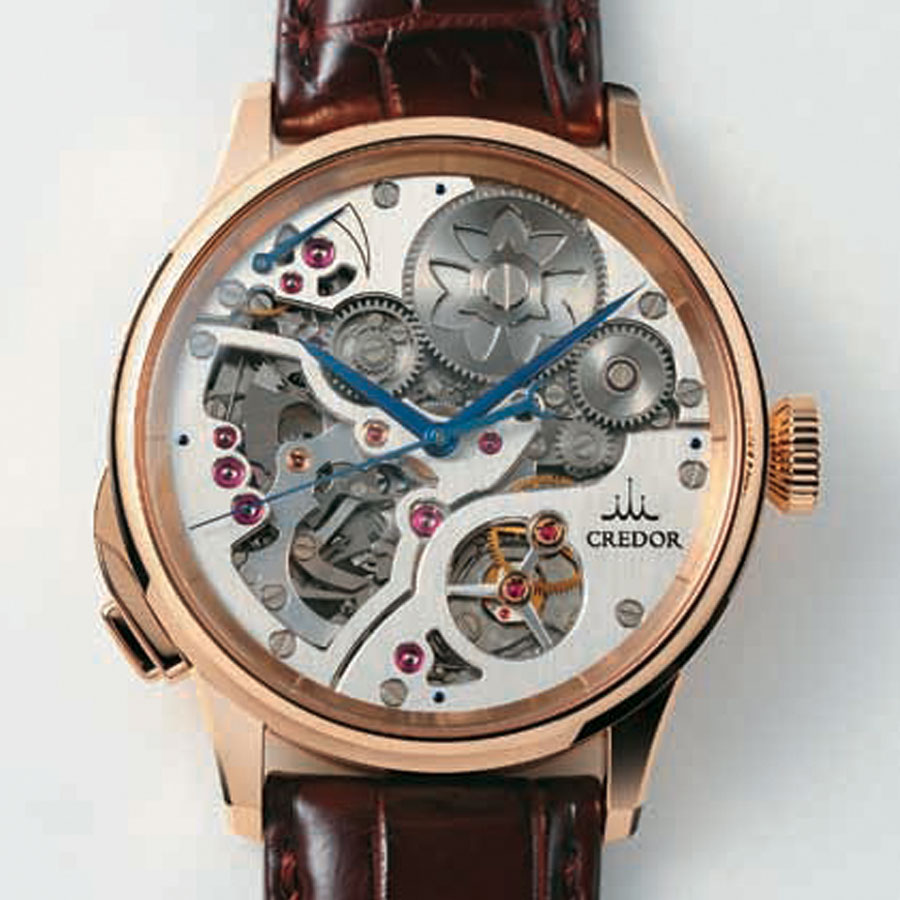
But when you’re ready to go looking for them, you can also find some modern pieces, offered by smaller maisons, equipped with a calibre including this function offered by Dubois-Dépraz. For the sake of being exhaustive, note that there are also a few brands, such as Credor (Seiko Group) that offer times rung on a decimal basis, in other words, 10 minutes by 10 minutes.
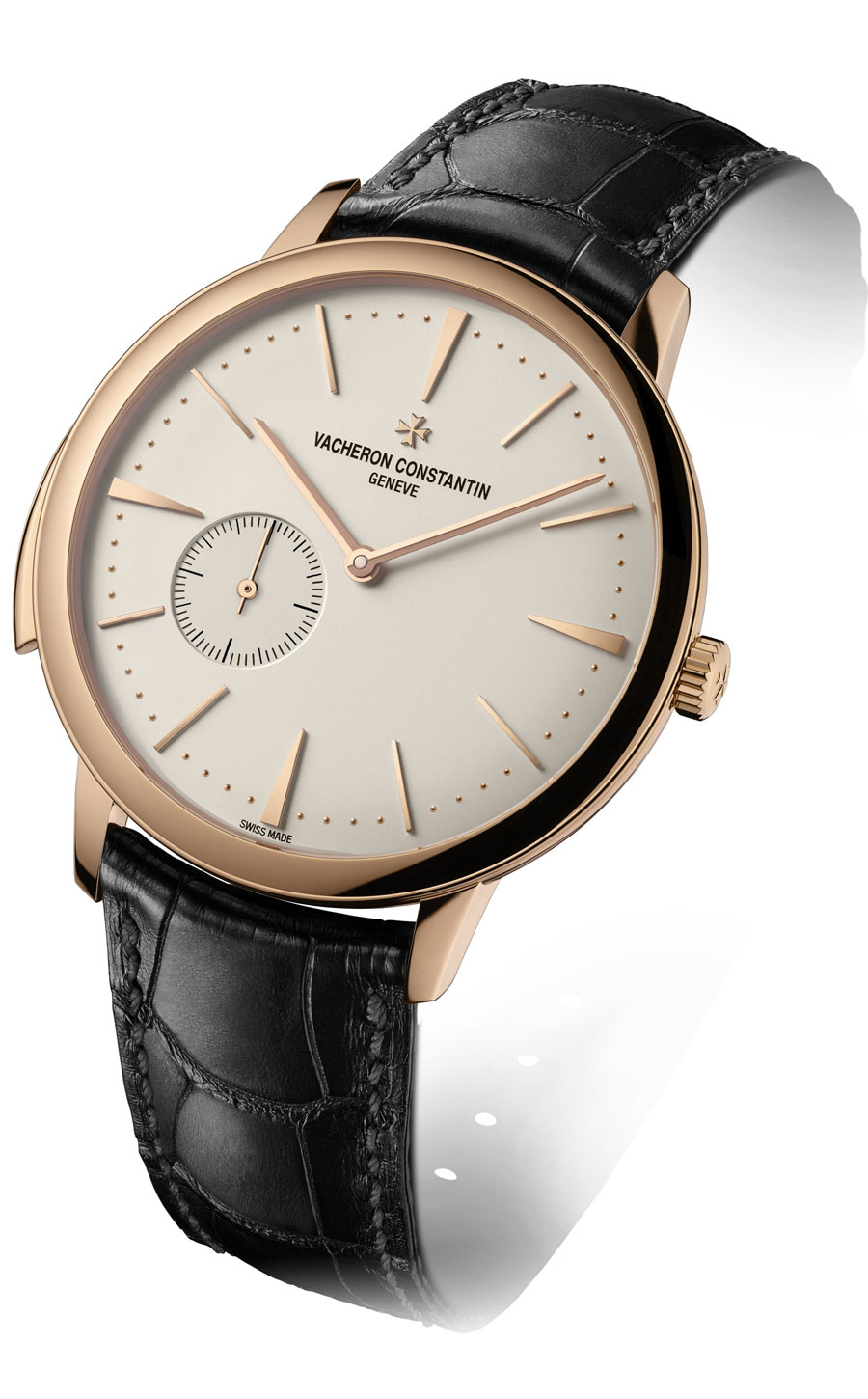
It works, but you need to know it in advance not to get it wrong. Because, the goal, of course, is to hear the time only to read it afterwards, but simply to hear it, and to know how to translate the music into time… Because, in the end, it is money. Therefore, there is much to be gained by having good ears.
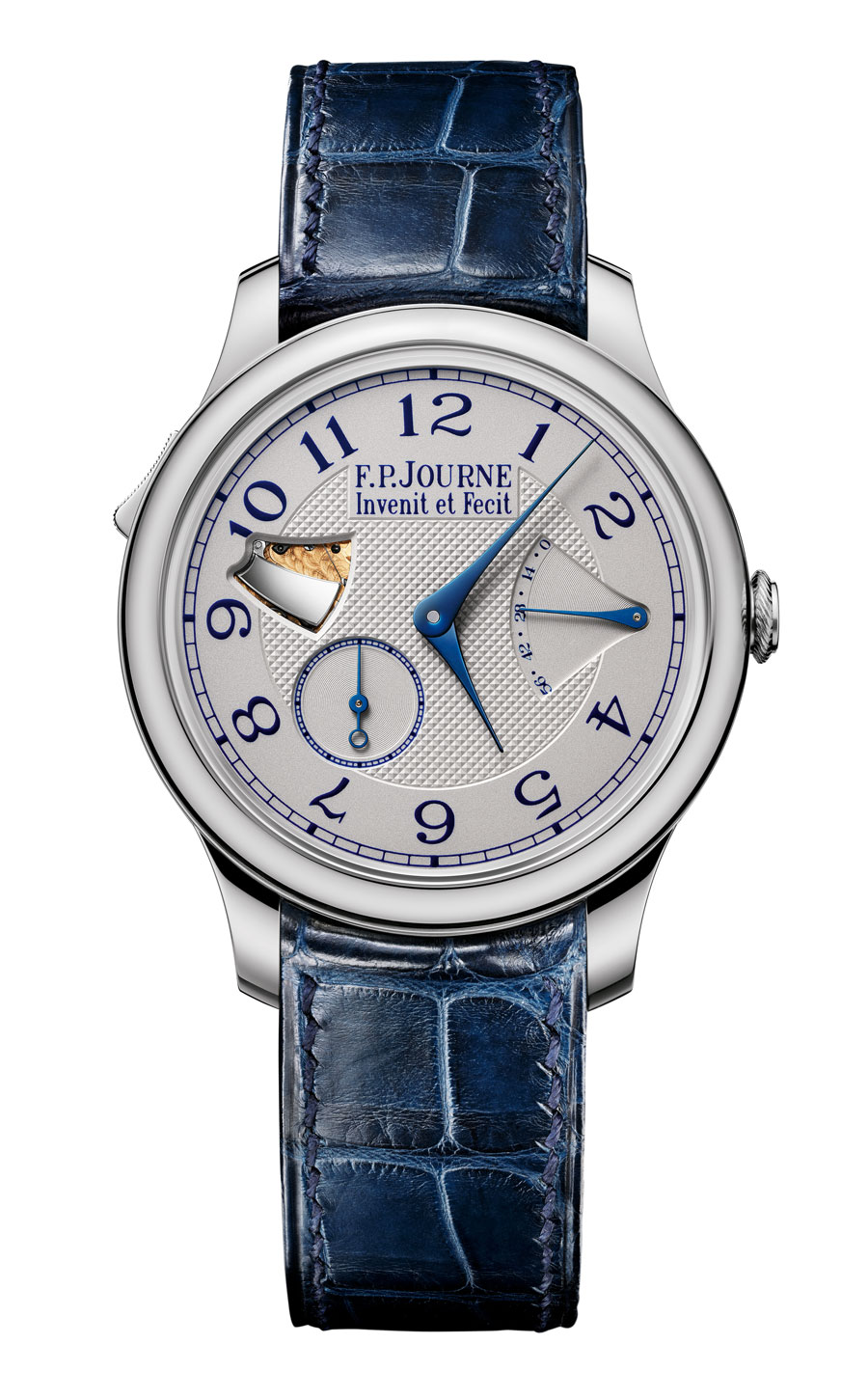
Read also:
See also: